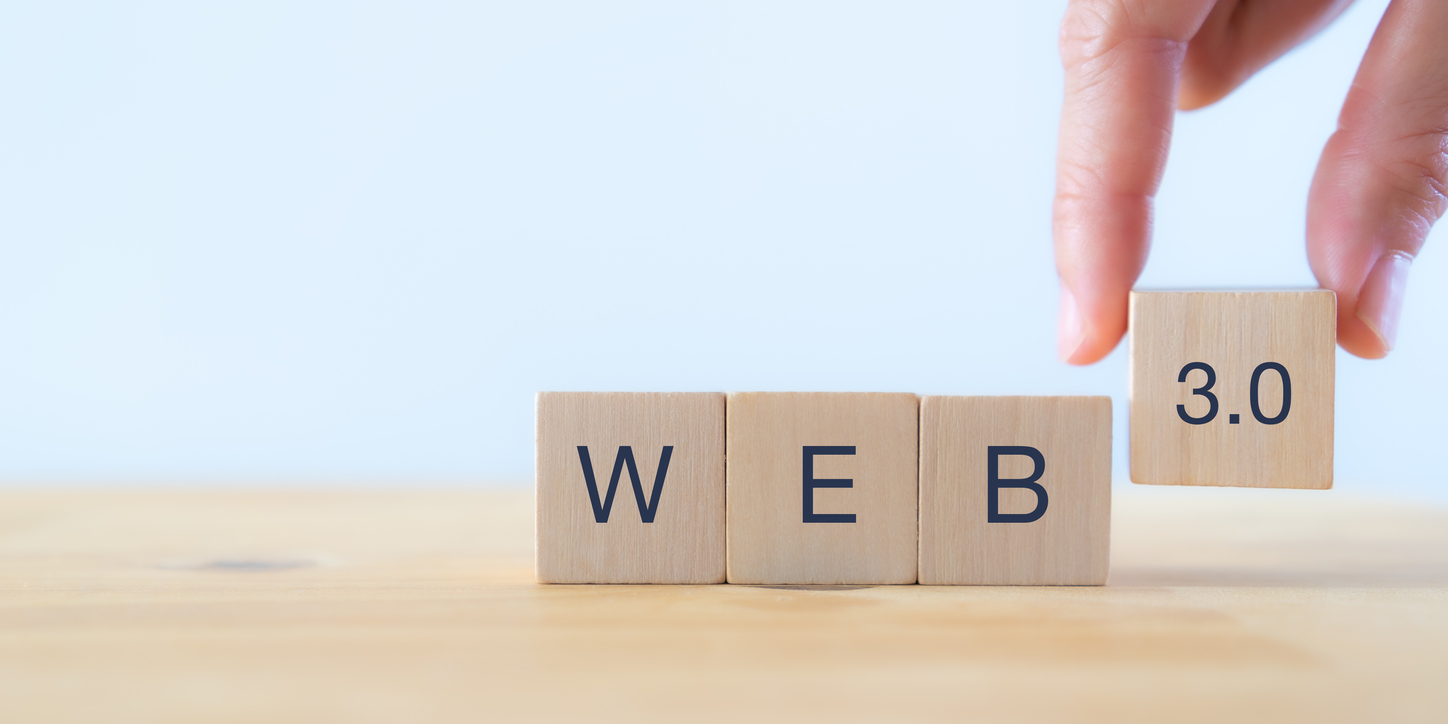
March 14, 2022
IndEA 2.0 provides a set of architecture reference models that will adopt an integrated approach to e-Governance
The document also outlines how the government should engineer its digital infrastructure for the Web 3.0 era
The Web 3.0 architecture is expected to be decentralized, more secure, and provide users greater control over their data
A module-based approach to upgrade skills and change mindsets across government is also recommended

India Digital Ecosystem Architecture (IndEA) 2.0, a report that was recently released by the ministry of electronics and information technology (MeitY), looks to align IT developments with the business vision of government organizations. It provides a set of architecture reference models that will bring about an integrated methodology to e-Governance. It recommends a value-driven approach, that is focused on capability building and the mantra of ‘enabling’ rather than ‘building’.
The document also outlines how the government should engineer its digital infrastructure for the Web 3.0 era. The document defines the digital ecosystem as “a distributed, adaptive, and open socio-technical system with properties of self-organization, scalability, and sustainability.”
The IndEA 2.0 report also supports the principle of decentralization that will be brought about by the Web 3.0 approach. Unlike Web 1.0, which was a connected platform where people could access information and interact, or Web 2.0, which made the internet more dynamic and interactive – but was centralized in terms of data, code, services, and infrastructure, the Web 3.0 architecture is expected to be decentralized, more secure, and provide users greater control over their data.
The IndEA 2.0 report also recognizes this shift in technology architecture as it posits a move from systems to ecosystems and from platforms to protocols. The report states that digital governance is a set of building blocks that can be used to create services that have the citizen at the forefront.
In addition to the general philosophy of embracing decentralized tech, the report has some specific features that are fresh and noteworthy.
The framework within the report accentuates the need for a merged architecture approach to preventing risks, such as data hacking and surveillance, that might come with large-scale data centralization. The concept of ‘federated identities’ to optimize the number of IDs a citizen needs to have, is also highlighted. The IndEA 2.0 report also states that capacity-building within the government for a new generation of GovTech applications requires new competencies. In line with this, the report recommends a module-based approach to upgrade skills and change mindsets across government.
The report also brings in conversations around participatory design and the importance of protecting data – the primary focus of both facets being user consent. IndEA 2.0 recommends that a government wing or a Special Purpose Vehicle (SPV) like the Unique Identification Authority of India or National Payments Corporation of India is responsible for handling the technical, domain, legal, commercial, and program management aspects of IndEA 2.0. This approach will go a long way in maintaining professionalism and accountability.
The IndEA 2.0 report represents a bold step towards the evolution of GovTech that fits into the decentralized Web 3.0 era. The approaches outlined, therefore, need deeper thought on community engagement and implementation.